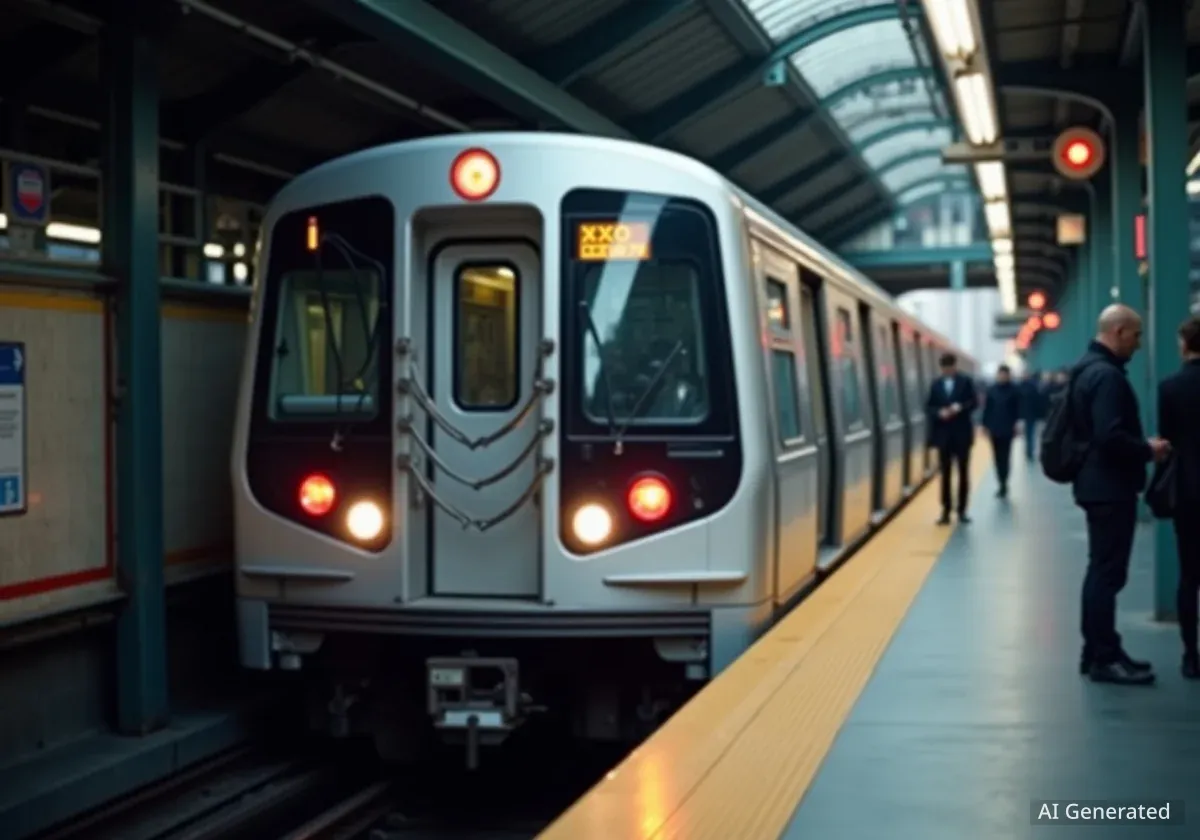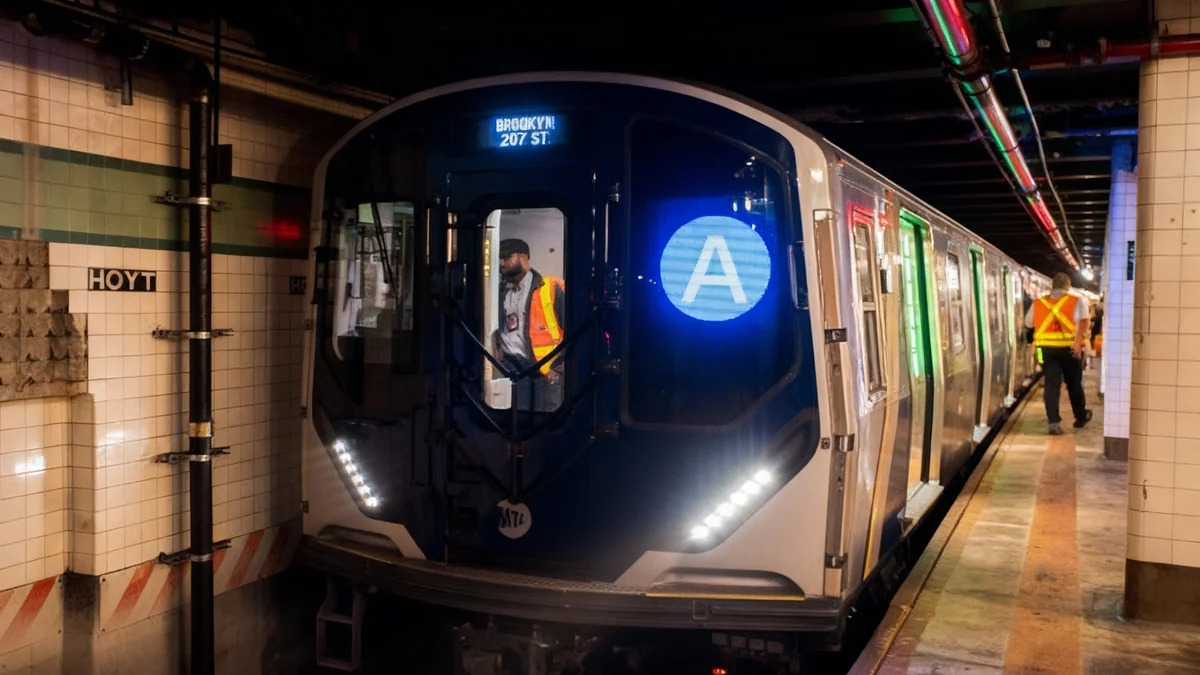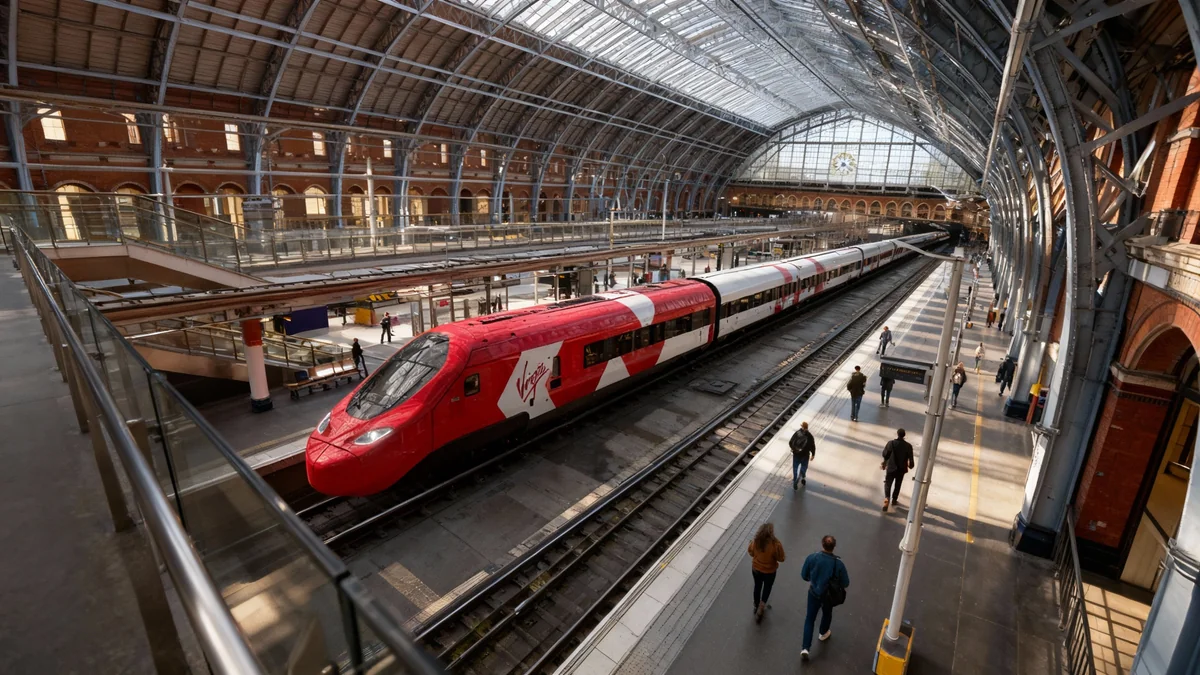Chicago-area public transportation agencies have received a significant financial boost. During the General Assembly’s fall veto session, lawmakers approved a $1.5 billion-a-year package. This funding is expected to ensure the continuation of full service for several years.
The approval comes after extensive discussions regarding the future of the region's transit system. This new funding aims to address ongoing financial challenges and prevent potential service cuts.
Key Takeaways
- Chicago public transit agencies secured $1.5 billion in annual funding.
- The General Assembly approved tax hikes and revenue shifts.
- Funding is expected to prevent service cuts for many years.
Legislative Action Delivers Crucial Support
The General Assembly's decision marks a critical moment for Chicago's public transit. The approved package involves a combination of tax increases and reallocations of existing revenue streams. This approach was designed to create a stable, long-term funding solution.
Lawmakers emphasized the importance of maintaining robust public transportation. They highlighted its role in the region's economy and daily life. The measures passed during the fall veto session were the result of months of negotiation and debate.
Funding Details
- Annual Amount: $1.5 billion
- Source: Tax hikes and revenue shifts
- Purpose: Ensure full public transit service
Impact on Commuters and Services
Commuters in the Chicago area can expect stability in their transit services. The new funding means agencies like the CTA, Metra, and Pace can avoid proposed fare increases or service reductions that had been under consideration. This provides relief for millions of daily riders.
The increased revenue will also support necessary infrastructure improvements and modernization projects. These investments are vital for the long-term efficiency and safety of the transit network. Public transportation is a cornerstone of urban mobility.
"This funding package ensures that our public transit system remains a reliable lifeline for residents and a crucial engine for our regional economy," stated a legislative spokesperson.
Addressing Long-Term Financial Stability
For years, Chicago's public transit system has faced financial pressures. Declining ridership post-pandemic and rising operational costs contributed to budget shortfalls. This new funding package aims to create a more sustainable financial model.
The goal is to move beyond short-term fixes and establish a framework that can adapt to future challenges. This includes funding for technological upgrades and environmental initiatives, making the system more resilient.
Background on Transit Challenges
Before this approval, public transit agencies in the Chicago area faced significant budget deficits. These deficits threatened to force difficult choices, including fare hikes, service cuts, and employee layoffs. The new funding is a direct response to these pressing issues.
Future Outlook for Public Transportation
With this significant financial injection, the future of Chicago's public transportation appears more secure. Agencies can now focus on enhancing passenger experience, improving reliability, and exploring expansion opportunities.
The legislative decision reflects a strong commitment to public transit. It acknowledges its role in promoting economic development and reducing traffic congestion. This move is expected to have a positive ripple effect across the entire metropolitan area.
- Enhanced service reliability
- Potential for system modernization
- Reduced pressure for fare increases
- Support for regional economic growth
Community and Economic Benefits
A well-funded public transit system benefits more than just daily commuters. It supports local businesses by connecting employees to jobs and customers to stores. It also reduces the environmental impact of individual car use, contributing to cleaner air.
The stability provided by the $1.5 billion annual funding will allow for strategic planning and investment. This ensures that Chicago's transit infrastructure can meet the demands of a growing and dynamic region for many years to come.





